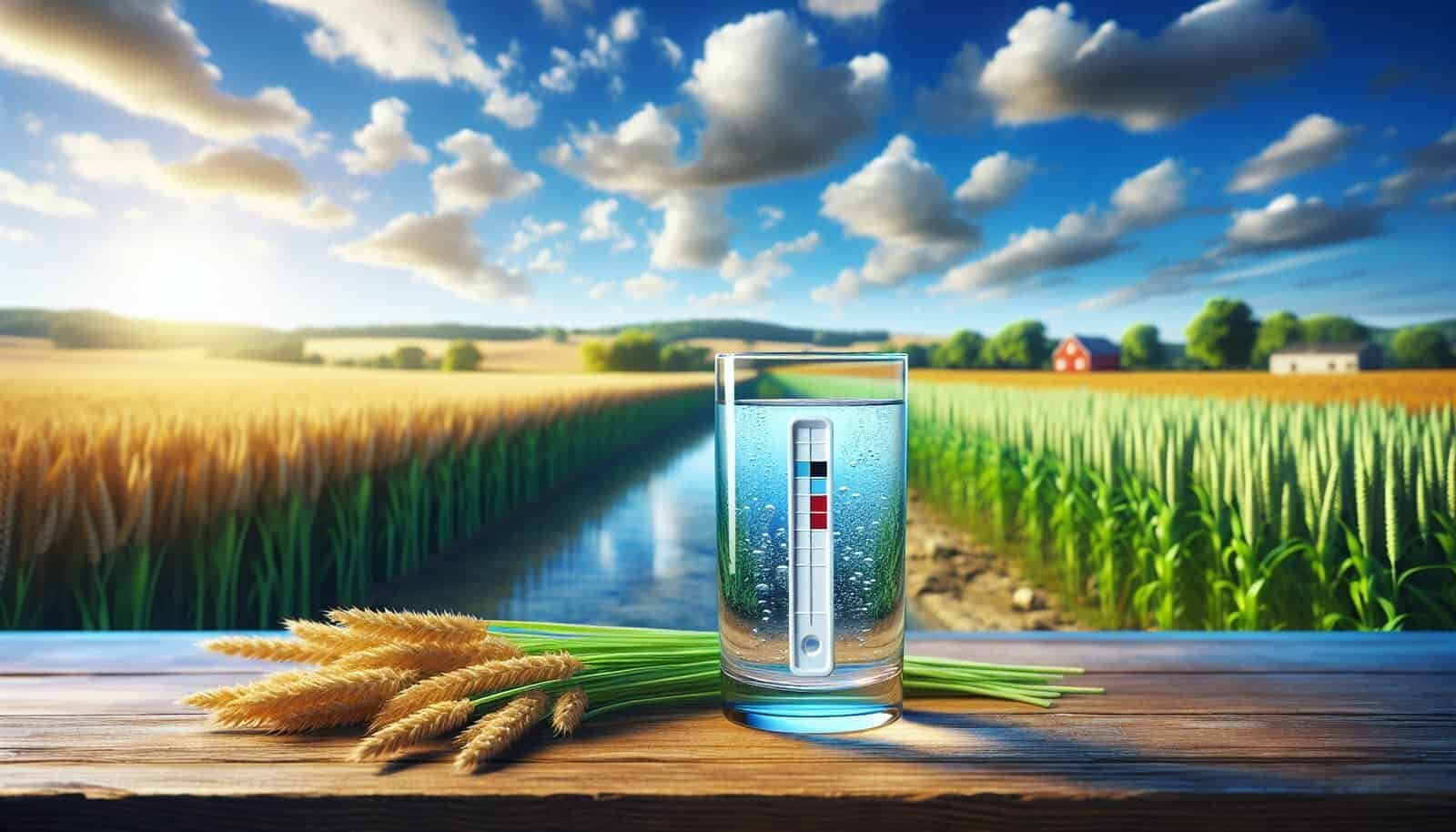Are you surrounded by water bodies in your neighborhood, and have you ever wondered whether the quality of this water is safe for you and the environment? You might have heard discussions about nitrate contamination and its looming presence in water sources, but what does that really mean for your everyday life and well-being? Nitrate contamination is an often-overlooked environmental issue that speaks volumes about the safety of your water supply and its long-term effects on your health and the environment.
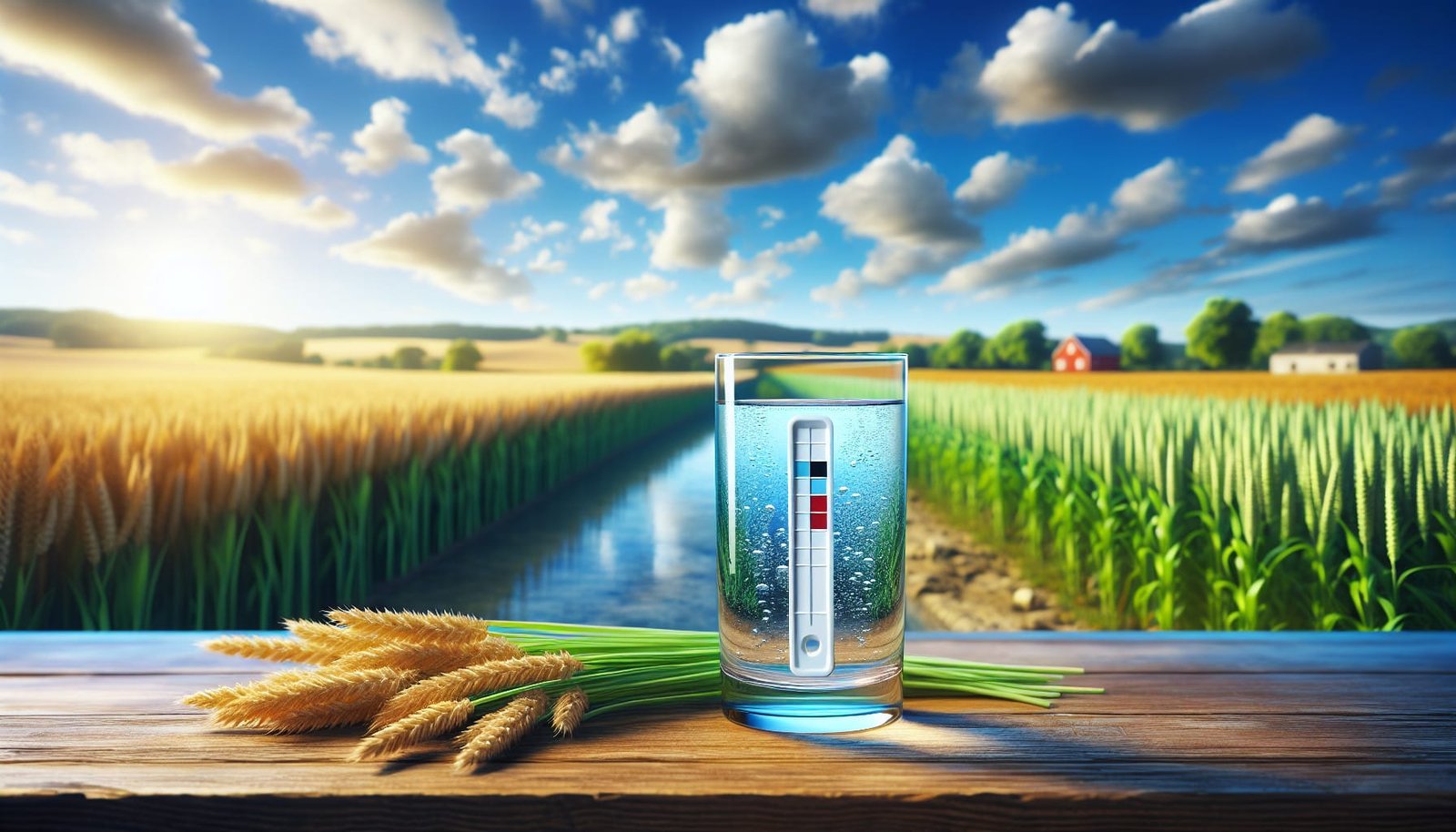
Understanding Nitrate Contamination
What are Nitrates?
To fully comprehend nitrate contamination, it’s crucial first to understand what nitrates are. Nitrates are naturally occurring ions found in soil, water, and various plants. Chemically speaking, they consist of one nitrogen atom and three oxygen atoms (NO₃⁻). These compounds are essential for plant growth, yet pose a risk when present in high concentrations in water supplies.
Sources of Nitrate Contamination
Nitrate contamination largely stems from human activities. The most common sources include agricultural runoff, wastewater treatment plants, industrial discharges, and septic systems. When fertilizers are used excessively on crops, the surplus nitrates can seep into groundwater or run off into nearby water bodies. Moreover, failing septic systems and improper disposal of industrial wastes exacerbate the problem.
How Nitrates Enter Water Supplies
When nitrates infiltrate water supplies, they primarily do so via leaching and runoff. Leaching occurs when excess water from rain or irrigation permeates the soil, carrying soluble nitrates into the aquifers below. Runoff, on the other hand, refers to water moving over the surface, picking up nitrates along the way and depositing them into streams, rivers, or lakes.
The Consequences of Nitrate Contamination
Impacts on Human Health
The presence of nitrates in drinking water is a significant health concern. The human body can convert nitrates to nitrites, which are compounds that can interfere with oxygen transport in the bloodstream—a condition known as methemoglobinemia or “blue baby syndrome” in infants. This disease can lead to severe health complications and, without timely intervention, can be fatal.
For adults, the risk lies predominantly in the possibility of various health conditions exacerbated by long-term exposure to high nitrate levels. Research has explored potential links to certain cancers, although the evidence is not conclusively determinative at this point.
Effects on the Environment
Nitrates don’t just threaten human health; they have profound effects on the environment. In aquatic ecosystems, excess nitrates can lead to eutrophication—a process that results in dense algal blooms. While algae are vital for ecosystem balance, too much can reduce oxygen levels in water, leading to the death of fish and other organisms. This creates “dead zones,” lifeless areas that severely impact aquatic biodiversity.
Economic Implications
On an economic front, nitrate contamination can lead to increased costs for water treatment facilities striving to keep nitrate levels within safe limits for human consumption. There’s also an impact on agriculture, as land value can decrease if high nitrate levels are detected in the local water supply. This can affect farms relying on nearby wells for irrigation.

Monitoring and Detection
Testing for Nitrates
Regular testing of water supplies is crucial to detect and monitor nitrate levels. There are several methods to test for nitrates, ranging from simple home testing kits to more sophisticated laboratory analyses. Maintaining awareness of nitrate levels can help mitigate the risks associated with contamination.
Regulatory Standards
Different regions have varying standards regarding acceptable nitrate levels in drinking water, but organizations like the Environmental Protection Agency (EPA) have set guidelines to aid in standardization. Understanding these standards can empower you to advocate for safer water quality in your community.
Public Awareness and Education
Educating communities about the risks associated with nitrate contamination and the importance of regular testing is vital. Community programs and workshops can equip individuals and families with the knowledge and tools to address this issue effectively. Public awareness also plays a crucial role in advocating for better policies and practices surrounding water management.
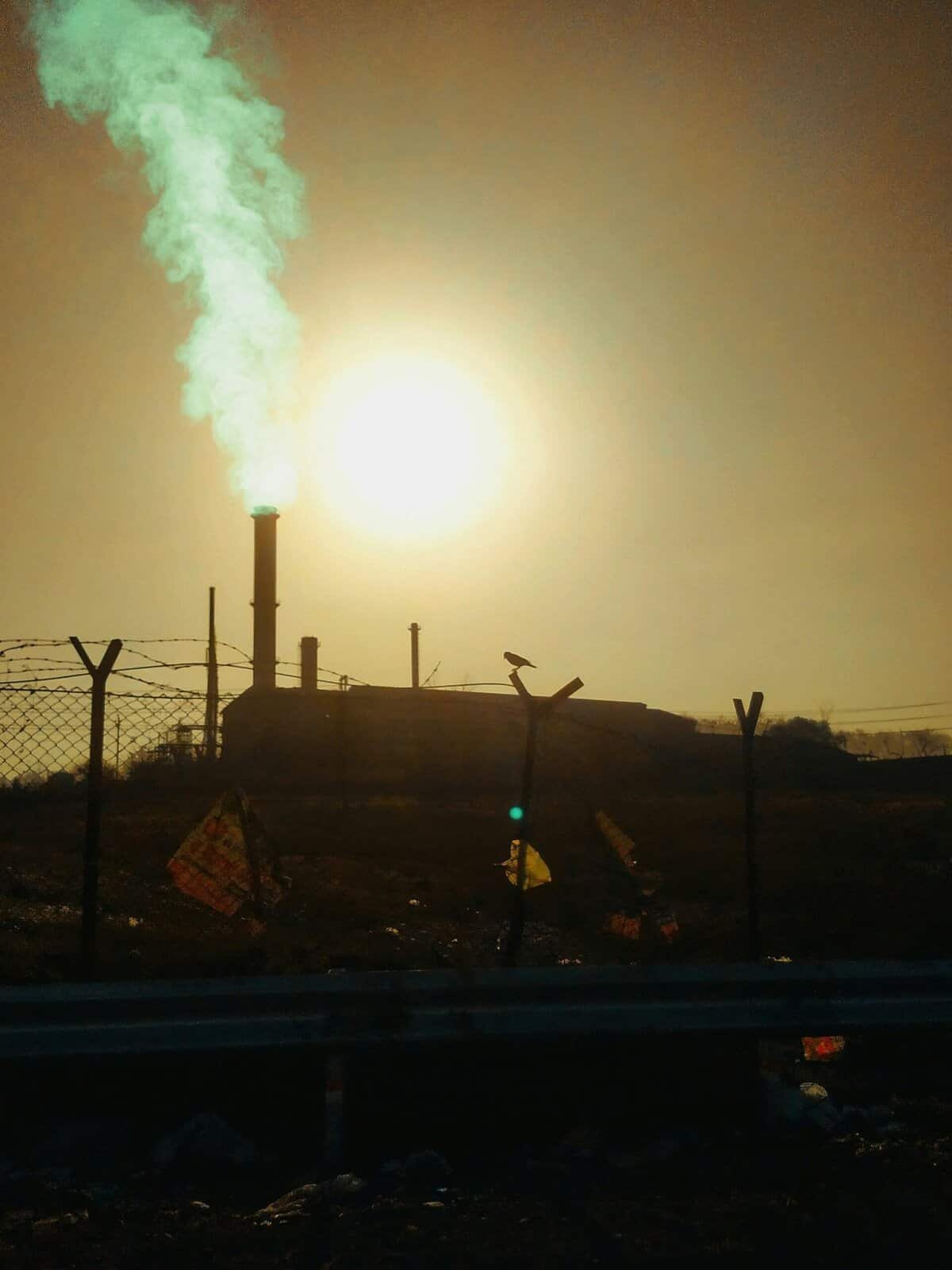
Mitigation and Prevention Strategies
Agricultural Practices
Farmers can employ various practices to minimize nitrate leaching and runoff. Precision agriculture, for instance, involves using technology to match fertilizer application with precise crop needs, significantly reducing waste. Furthermore, planting cover crops and employing crop rotation techniques can enhance soil health and minimize nitrate release.
Waste Management
Improper waste management contributes significantly to nitrate pollution. Encouraging proper disposal of industrial waste and regular maintenance of septic systems can help mitigate this issue. Communities can also invest in better wastewater treatment options to ensure nitrates are removed before water returns to natural watercourses.
Policy and Governance
Governments play a crucial role in managing nitrate contamination through policies that regulate agricultural practices and waste management standards. Ensuring compliance with these policies can help maintain water quality. Engaging with local governance and supporting policies aimed at sustainability can significantly impact nitrate management.
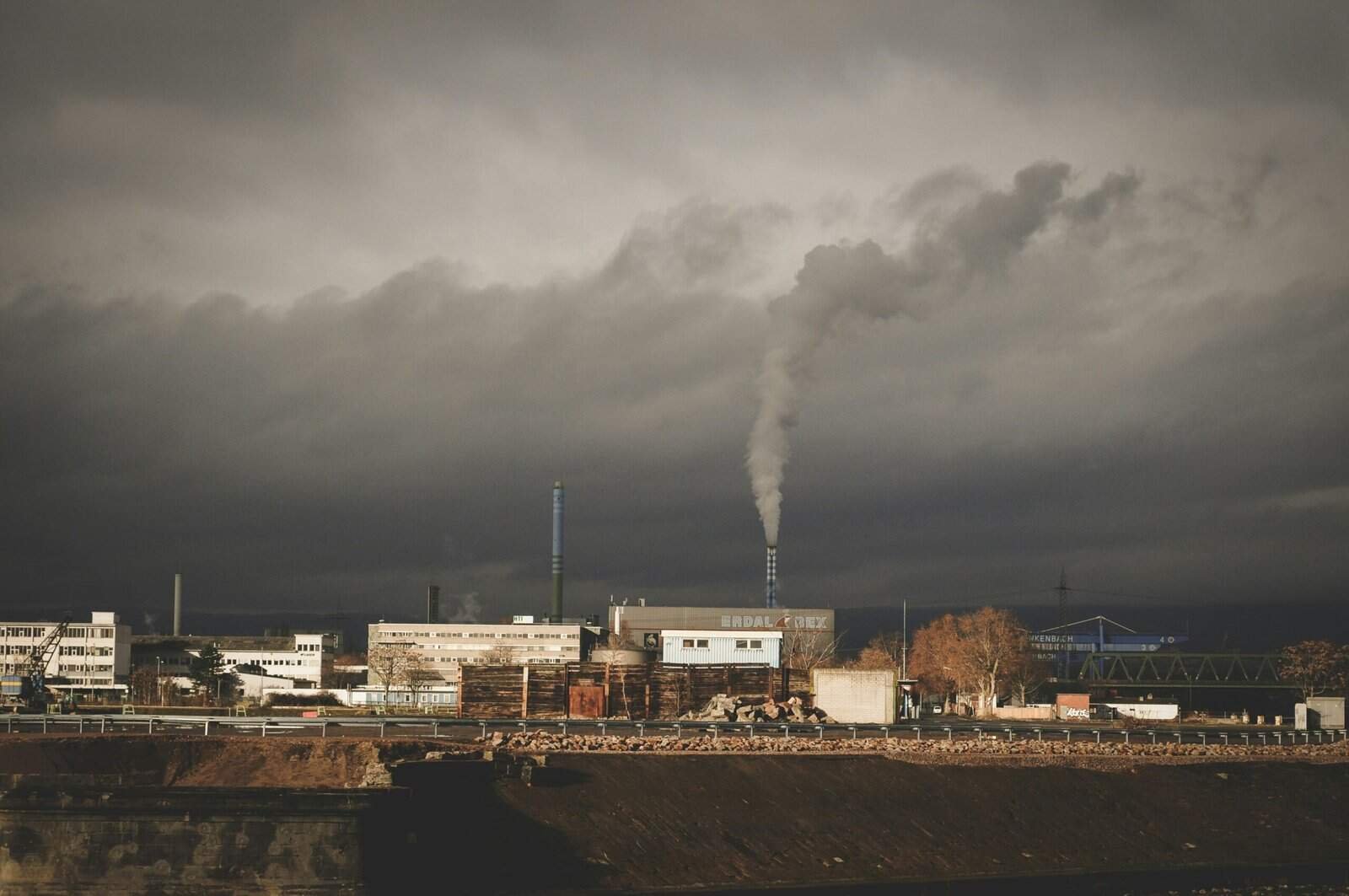
Your Role in Addressing Nitrate Contamination
Individual Actions
As an individual, there are steps you can take to minimize nitrate contamination. Reduce the use of chemical fertilizers in your garden or seek alternative options such as organic fertilizers. Regularly test your home water supply and advocate for transparency and action regarding local water quality issues.
Community Involvement
Participating in community initiatives aimed at improving water quality can have a ripple effect. Support or volunteer in local environmental groups focusing on water conservation and quality assurance. Community engagement is a powerful mechanism for fostering widespread change and ensuring accountability at all levels.
Sustainable Living
Adopting a sustainable lifestyle can contribute to reduced nitrate pollution. Consider making environmentally conscious choices such as using eco-friendly products, implementing water-saving practices at home, and reducing your overall carbon footprint.
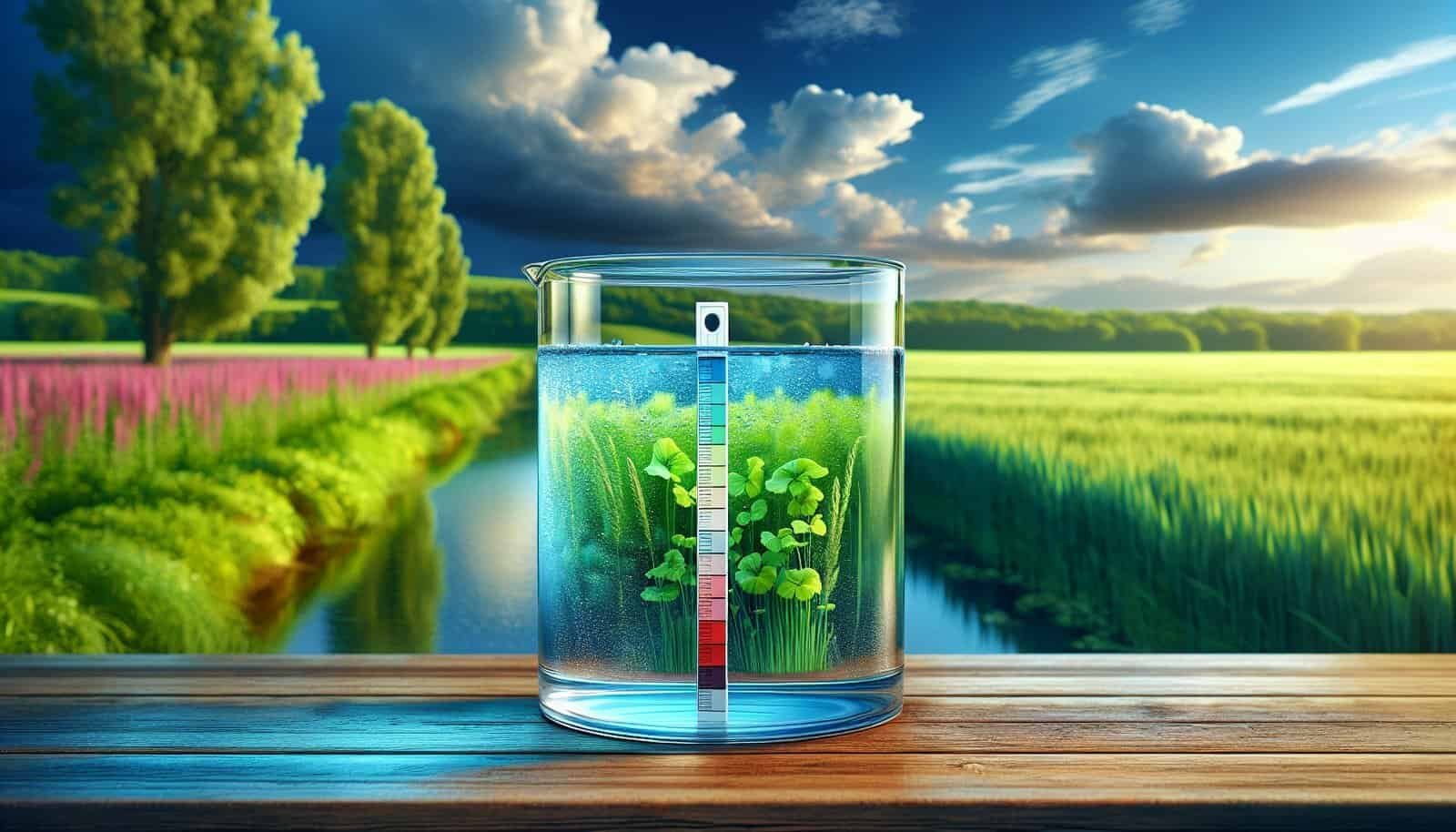
Conclusion
While it may seem like a daunting task, addressing nitrate contamination is feasible through concerted efforts at individual, community, and governmental levels. By understanding the sources and effects of nitrate pollution, monitoring water quality, and adopting preventive strategies, you can contribute to safer, cleaner water for yourself and future generations. Your involvement and commitment to change can be the catalyst needed to turn the tide against nitrate contamination and protect the vital resources that sustain life.

